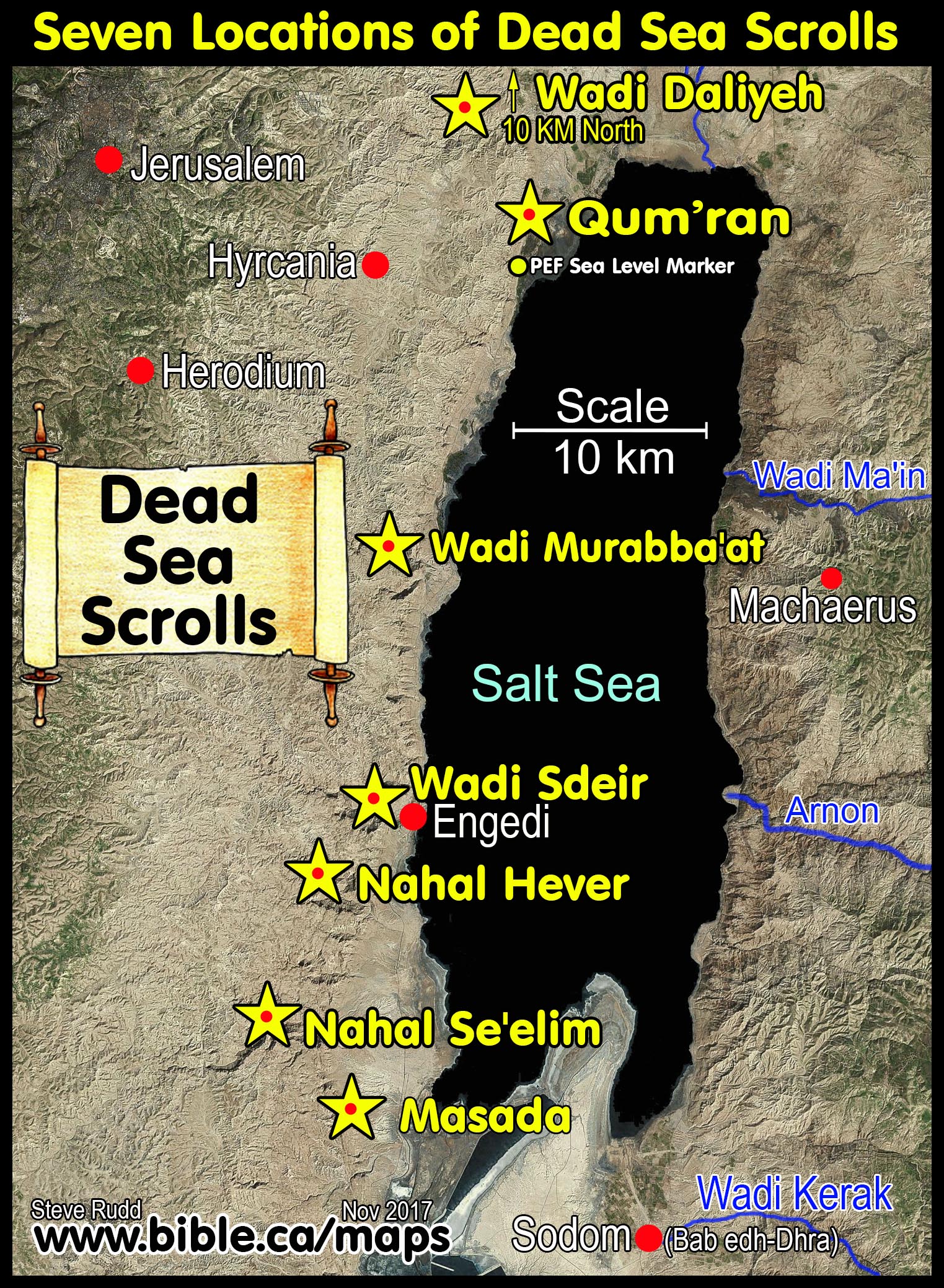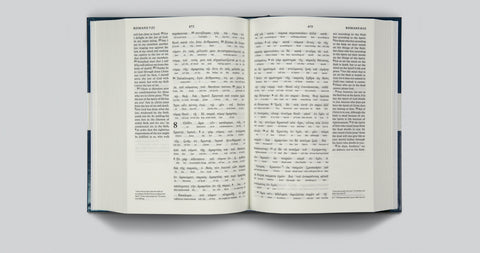

The two most widely used scholarly editions of the Greek New Testament have thus since shared the same biblical text and differ merely in terms of their apparatuses, introductions, and appendices.Ģ7th Edition (1993): In this revision, the text-critical apparatus in particular was once more extensively modified with a view to enhanced reliability and reader-friendliness.Ģ8th Edition (2012): This edition had to accomplish two different tasks. Ongoing work on both the Novum Testamentum Graece and the Greek New Testament (published in 1975: see below) was now being overseen by the same Editorial Committee (formed in 1955), and the principal text of the former edition was now identical to that of the latter one. This new approach reached its early culmination in 1963 with the 25th Edition (thereafter known as “Nestle-Aland”), which has been frequently reprinted.Ģ6th Edition (1979): The great manuscript discoveries of the twentieth century (especially of early papyri) necessitated a fundamental reorientation of the principal text and a rewriting of the apparatus, and these were both introduced in the 26th Edition. Together with his colleagues at the Institute for New Testament Textual Research (INTF), which he established in 1959, he also extended the apparatus to include readings from many additional manuscripts. However, Nestle did not consult the manuscripts directly, but continued to compile his information on their readings from other scholarly editions.Ģ5th Edition (1963): Kurt Aland (co-editor since 1952) was the first to verify the information in the text and critical apparatus against the originals themselves. Under Erwin Nestle, a son of Eberhard, this edition was for the first time further developed with the addition of its own apparatus criticus that cited not only other scholarly editions (see above), but also the most important reference manuscripts (“Manuscript xy reads.

With every Greeek word glossed with the corresponding Tagalog word, conjugated according to its grammatical features, and with a Tagalog translation (Ang Biblia, 2001) alongside, this interlinear will surely enrich your experience of reading the Scriptures, as the early Christians would have experienced.13th Edition (1927): The text of the 1st Edition was reprinted several times in subsequent years. For this readon, those studying Greek such as seminary and Bible School students, pastors, priests, church leaders, ordinary church members, or anyone, for that matter, with keen interest in learning New Testament Greek will find this first ever Greek-Tagalog Interlinear beneficial and exciting in many ways. However, only very few Filipinos can read the New Testament Greek unaided. The 27 books of the New Testament were originally written in Koine Greek-a variant of the Greek language that was widely spoken and understood during the time of Jesus and the early church. Villegas, D.D., Archbishop of Lingayen-Dagupan, President, Catholic Bishops’ Conference of the Philippines Bancud, SSS, D.D., Bishop of Cabanatuan, Chairman, Episcopal Commission on the Biblical Apostolate The Greek New Testament 5th Revised Edition.

Greek–Tagalog Interlinear New Testament, Catholic Edition / Koine Greek


 0 kommentar(er)
0 kommentar(er)
